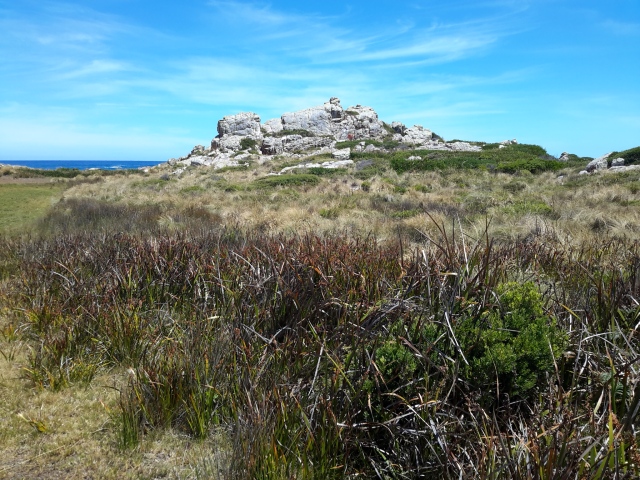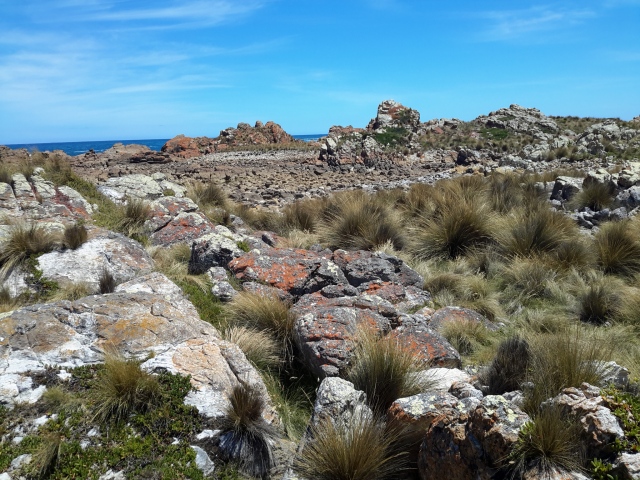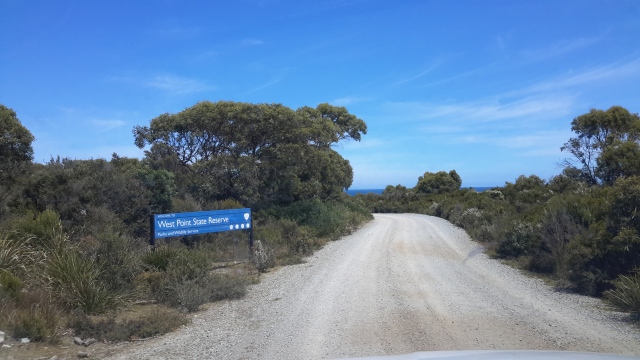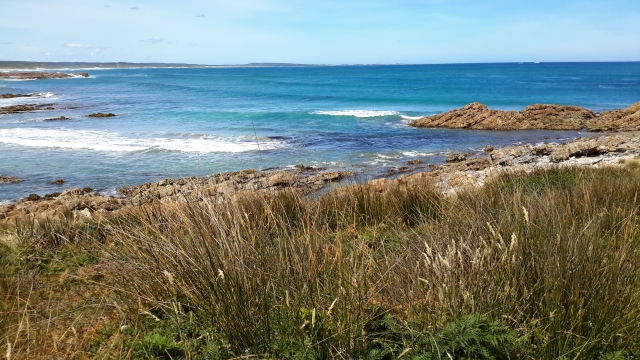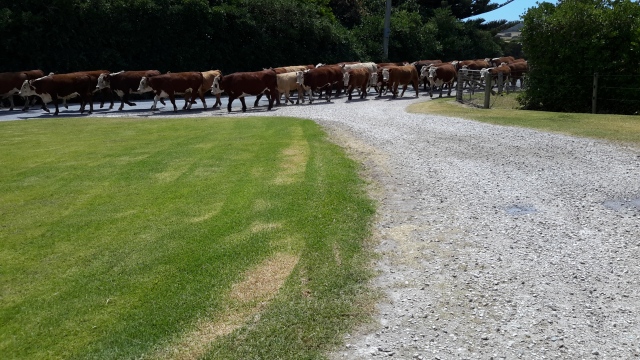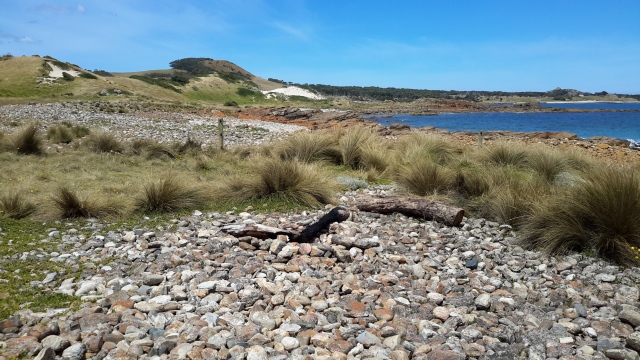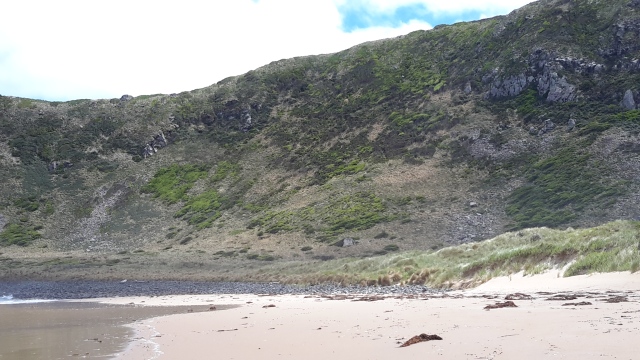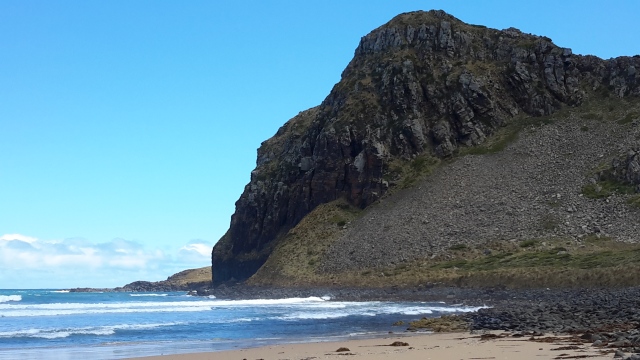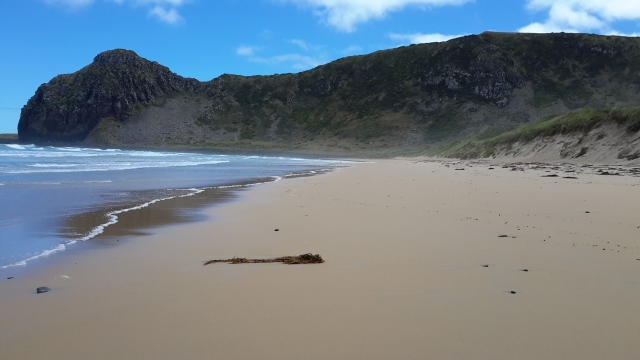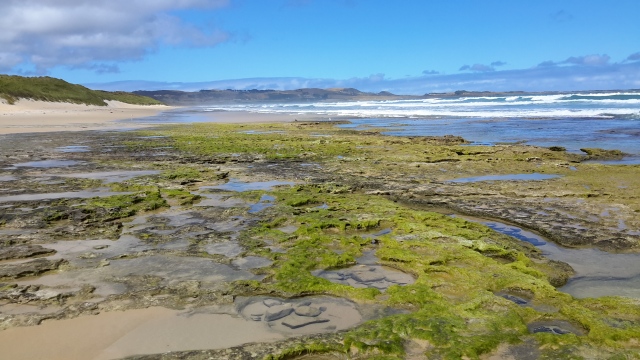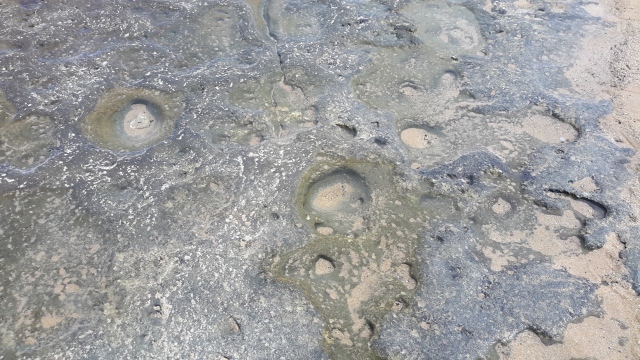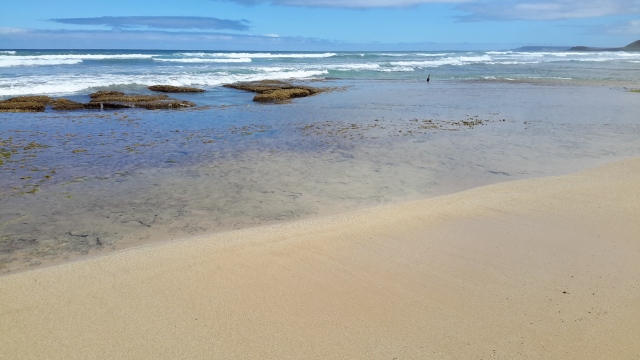A recent exhibition designed to increase awareness about the value of the Tarkine was titled Frontlines : takayna to Adani. It was shown in the Long Gallery within the Salamanca Arts Centre in Hobart.

Introductory information is available here. A media release gives further information here.
From here you can read additional information about the exhibition given below:
Frontlines is a celebration
of climate activism and protest across Australia;
an exhibition that honours the ecologically
valuable wild places and wildlife
that are currently under threat of destruction,
and the dedicated activism that is taking place
to defend climate and Planet Earth.
Frontlines is an exploration of environmental activism and protest across Australia and aims to represent and celebrate the commitment and often unrecognised dedication of people on the frontlines of conservation and environmental crises across the country.
The frontline is a place, an action, as well as a community. It is a space where active citizens are offering a solution in this age of climate breakdown, proving that people power can preserve nature or be defiant in the face of threats to the wilderness, which has existed for time immemorial.
From Tasmania’s forest battles in takayna / Tarkine, to the proposed Adani mine site in the Galilee Basin in Queensland, there are communities taking action and holding ground across Australia. As they defend vulnerable and irreplaceable places, these communities and the places and wildlife they seek to protect are under direct attack from our country’s leaders and government.
For the first time in a gallery, a small collection of the Black Throated Finch project #1000finches will be exhibited.

This exhibition seeks to celebrate the both the landscapes and the people who seek to protect them, as well as the act of protest itself. With over 50 artists from right across Australia, this exhibition reflects the dedication, beauty and passion that comes from the environmental protest movement often inspired by the splendour of nature itself.
I was privileged to be a volunteer minding the exhibition for one session during the ten days of its display, and to talk with visitors from all walks of life. Coming from a professional art and exhibition career background, I was very impressed with the hang of the show. The following photos which I took that day give a sense of the scale of the exhibition and the variety of work on show.


Then, on the final day, I assisted with dismantling the exhibition and wrapping the art work ready for collection by those who had made purchases. Again all sorts of people wandered in and looked at whatever was left on the walls. I was surprised, pleasantly, to meet people who had just returned from the blockade and protest group who are currently sitting it out in the Tarkine. Very interesting.
This very successful exhibition operated as a fund-raiser for the work of the Bob Brown Foundation and its work to protect specific areas of environment around Australia. A portion of the sale price went to the artist and a portion to the Foundation.
A professionally presented catalogue with coloured reproductions was printed.

Copies are still available for sale. Contact Molly Coburn at the Bob Brown Foundation on (03) 6294 0620 / 0455 035 320 or molly@bobbrown.org.au
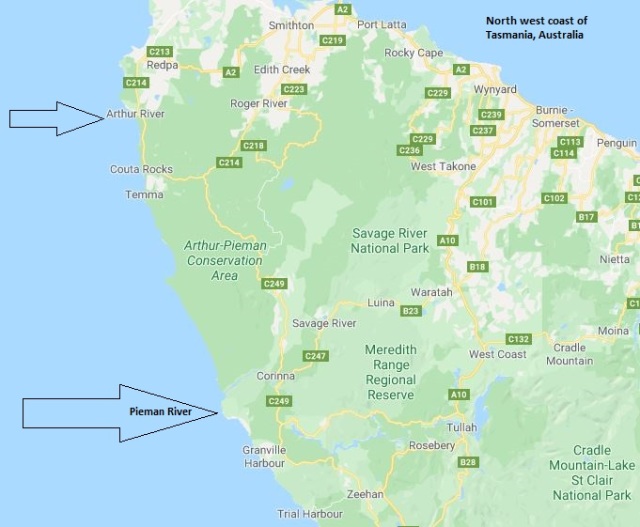




















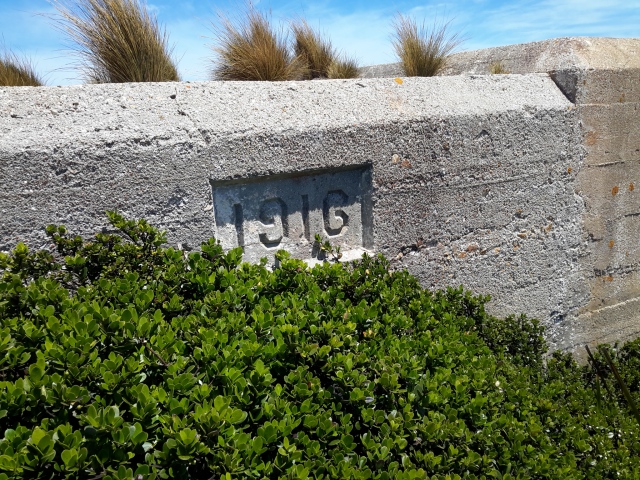


 The view from the top included the following:
The view from the top included the following: 










